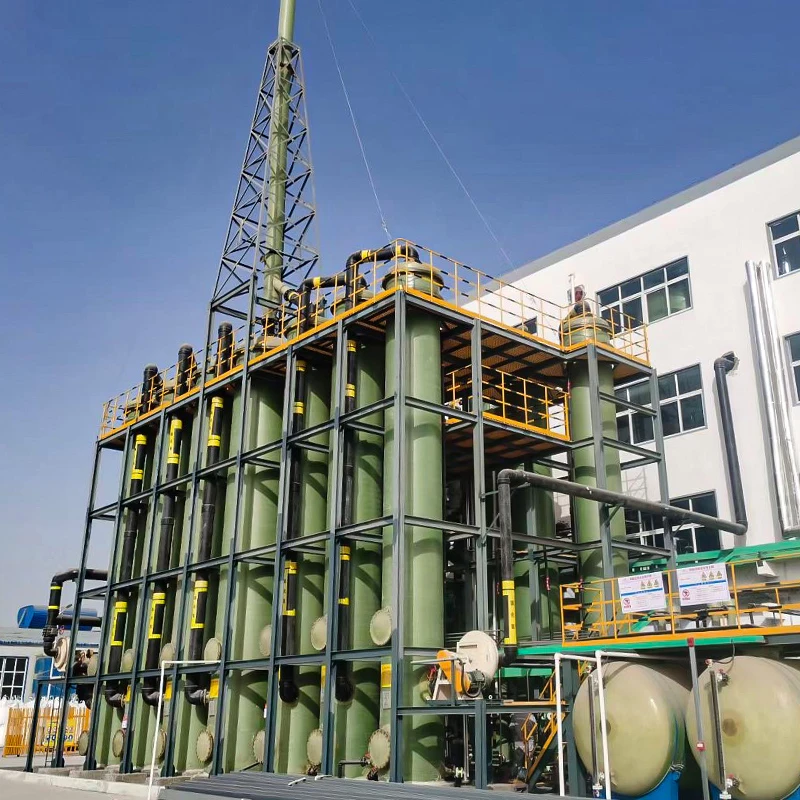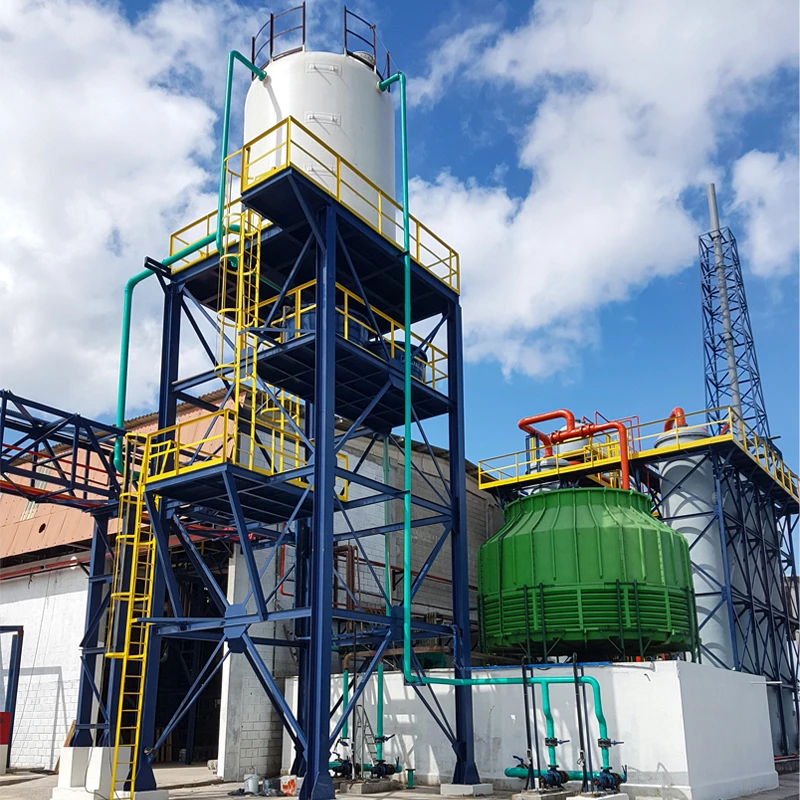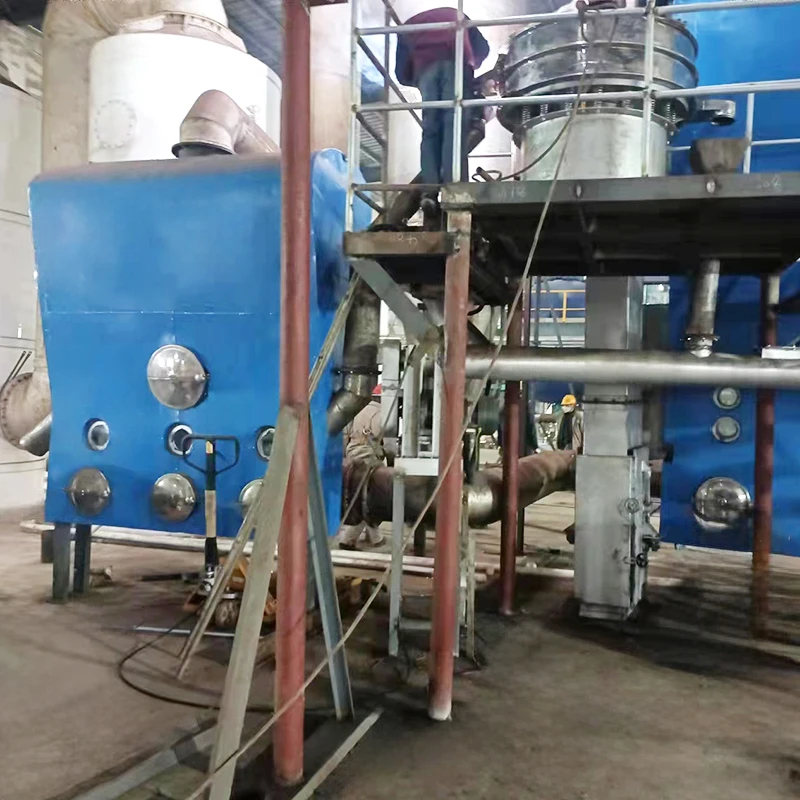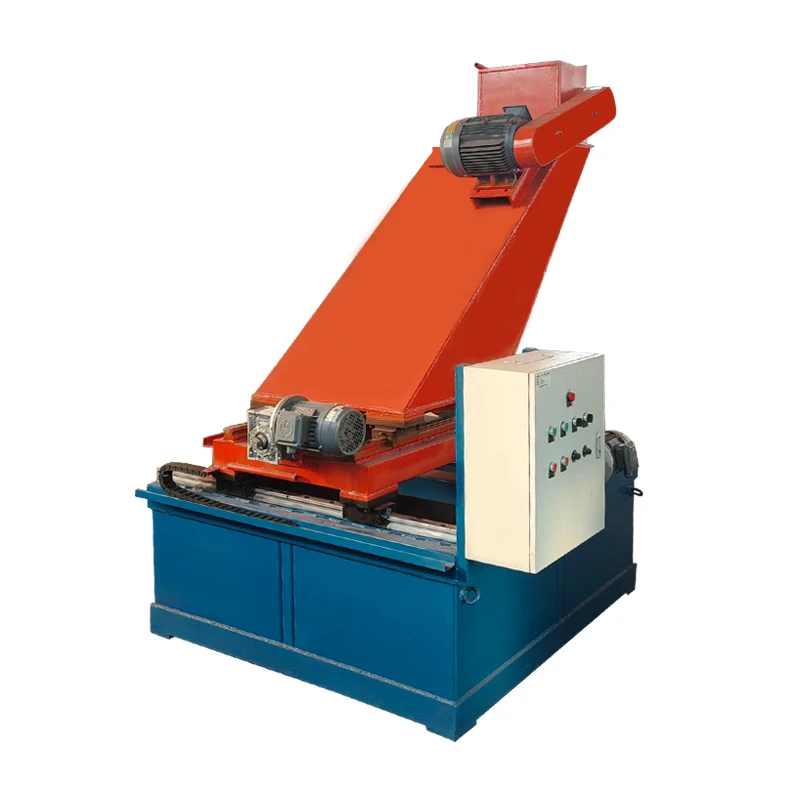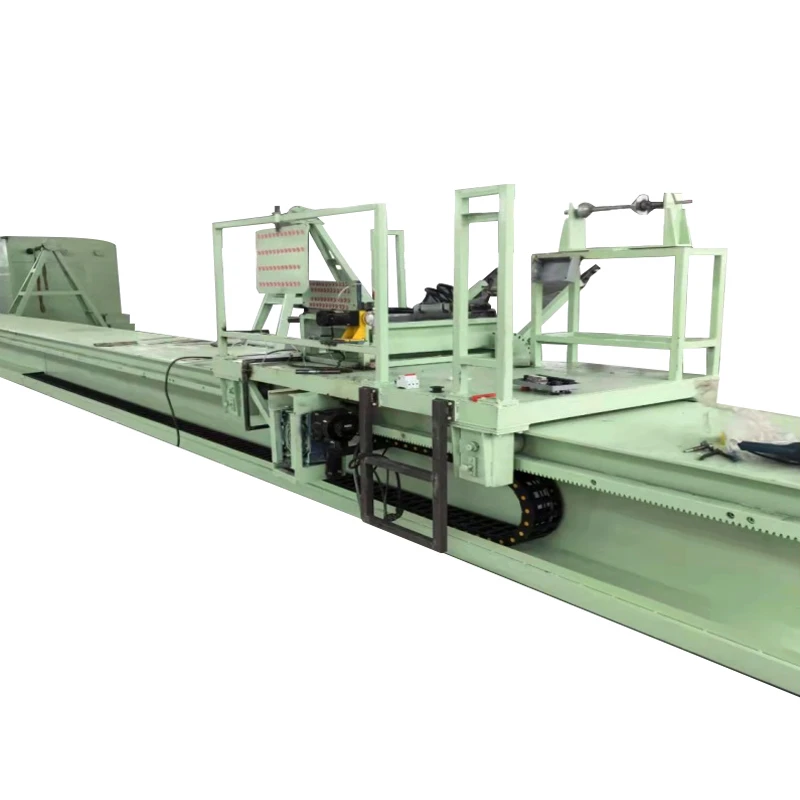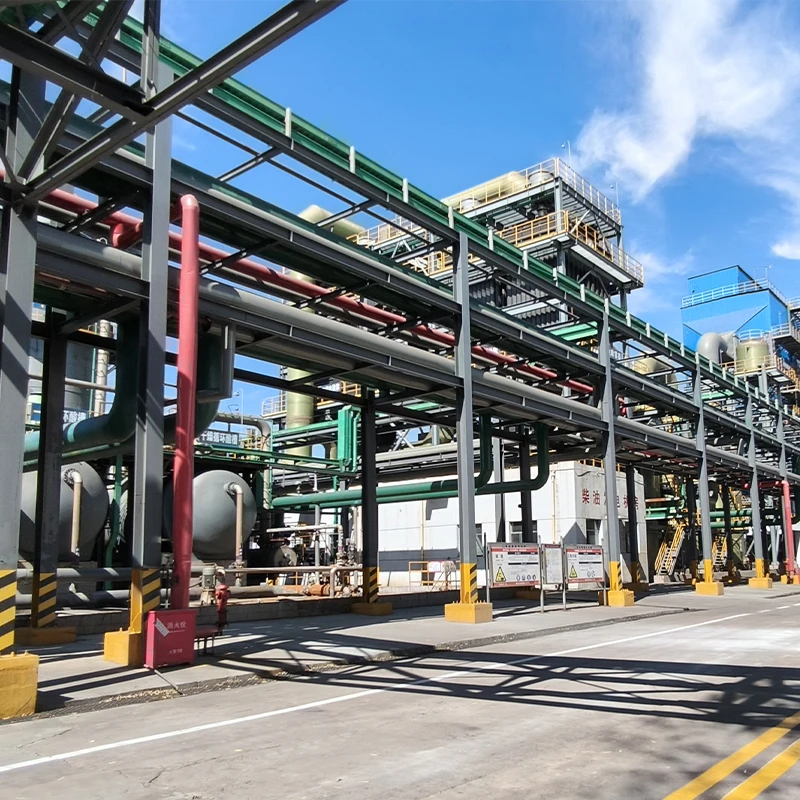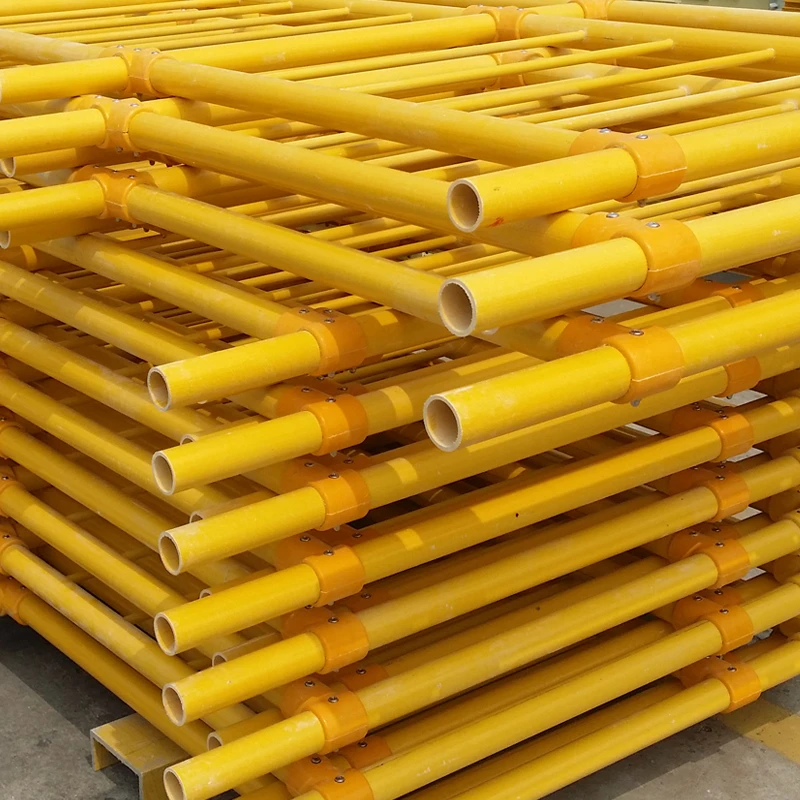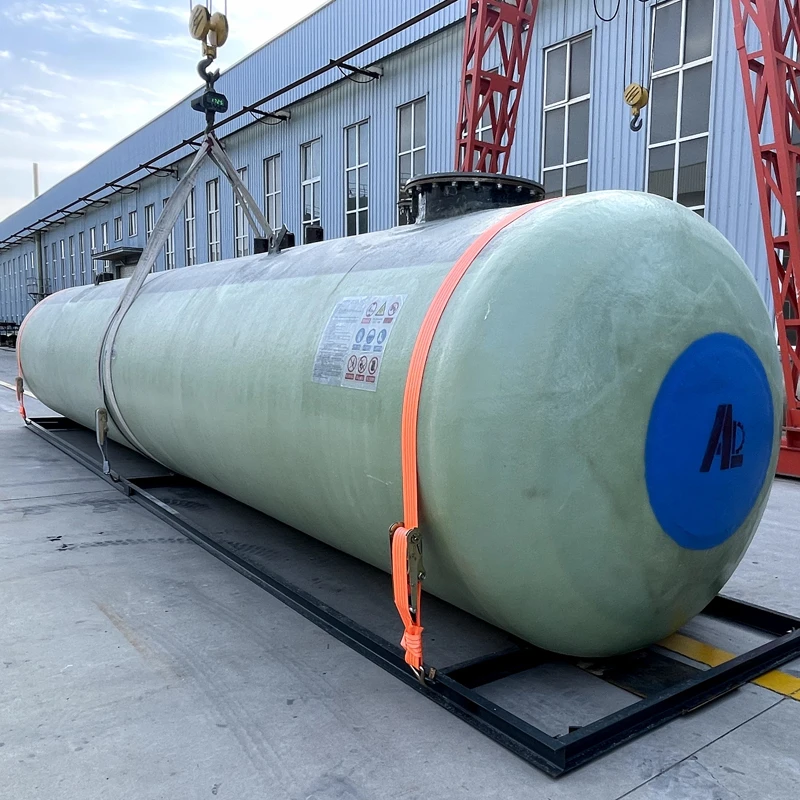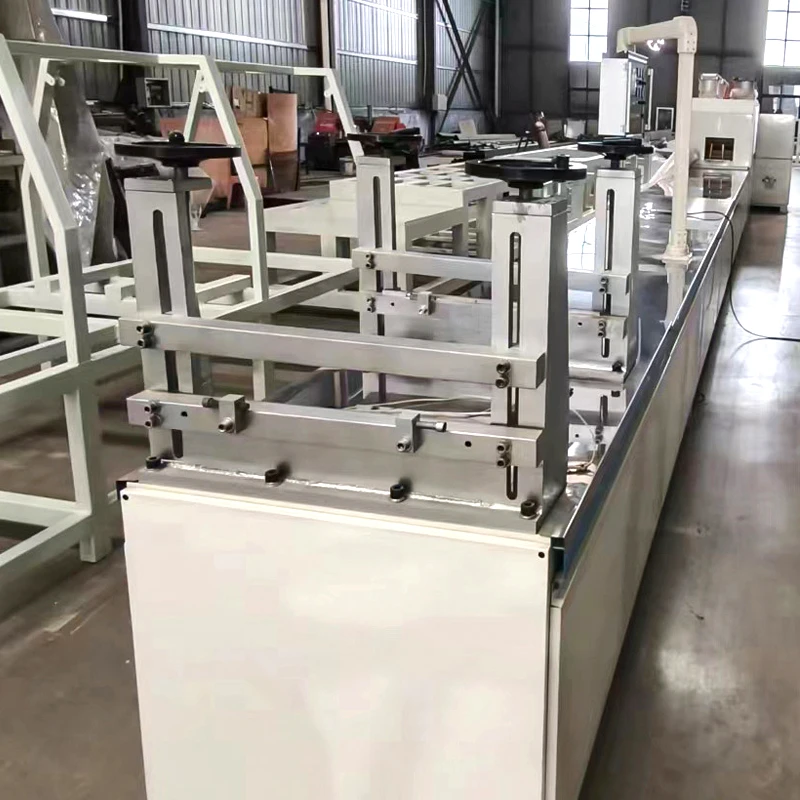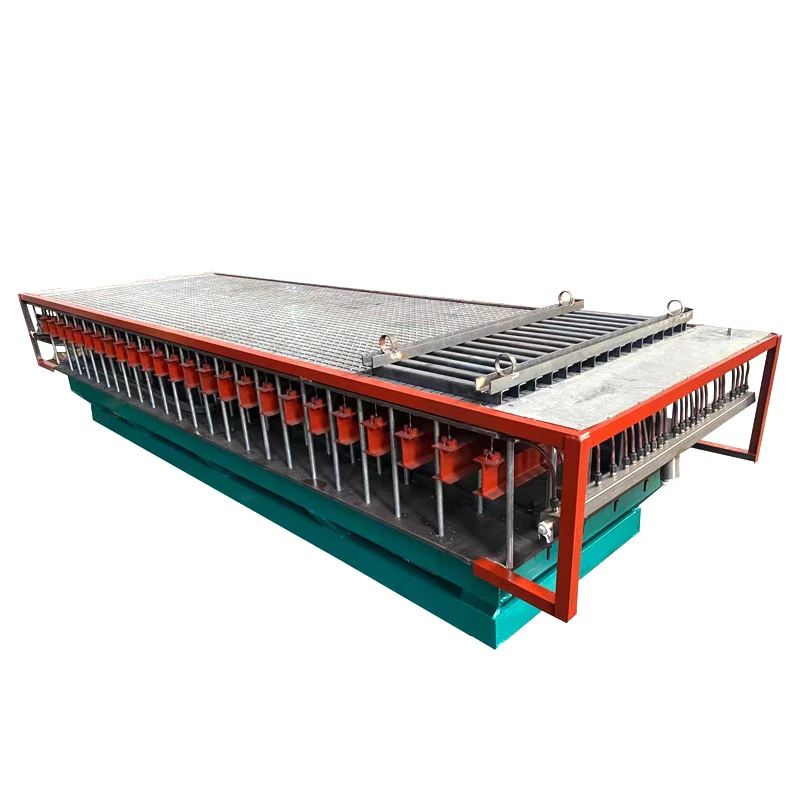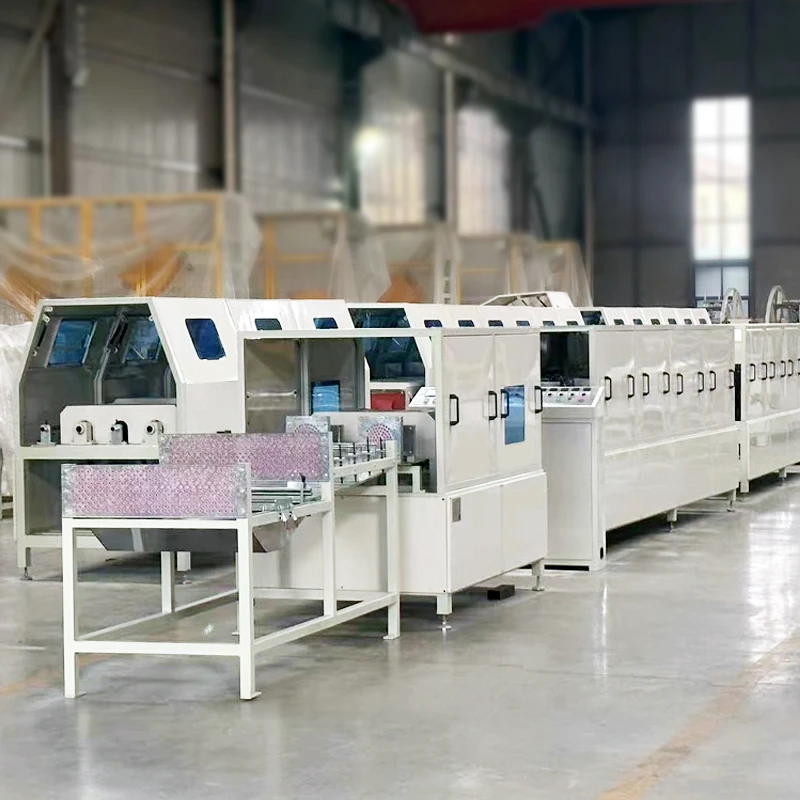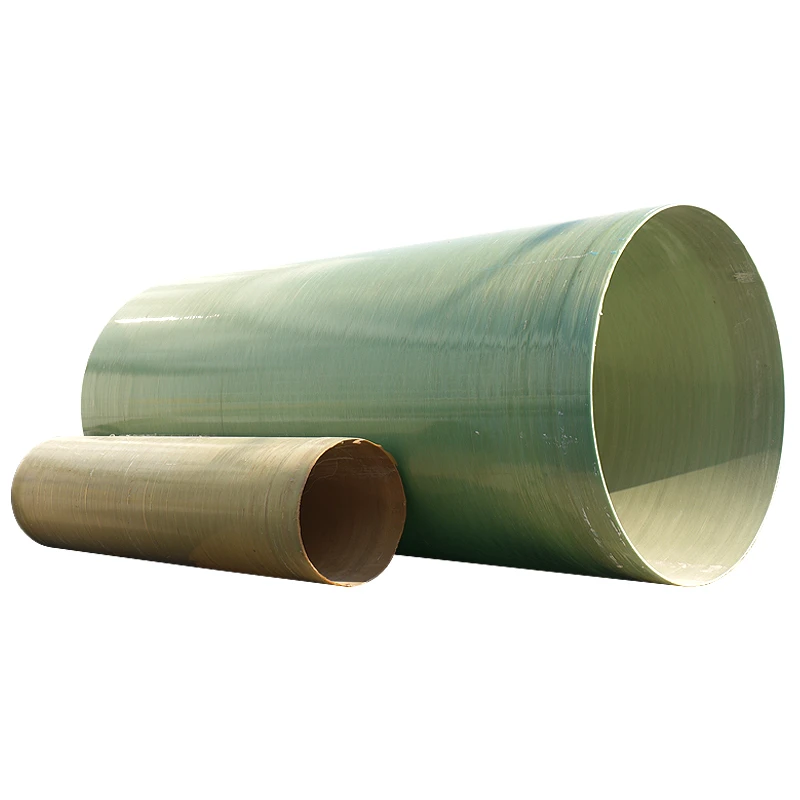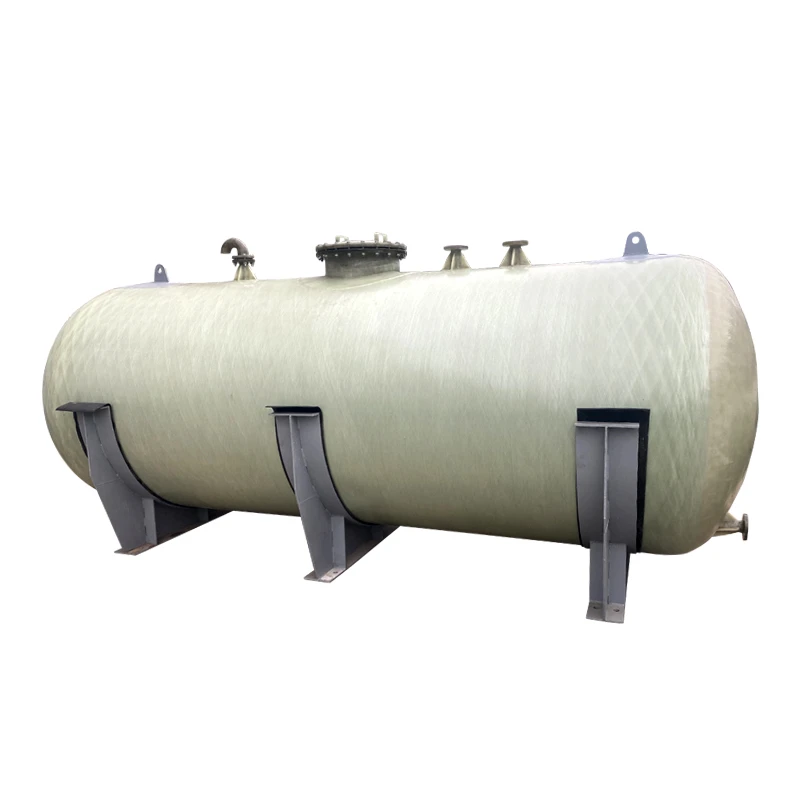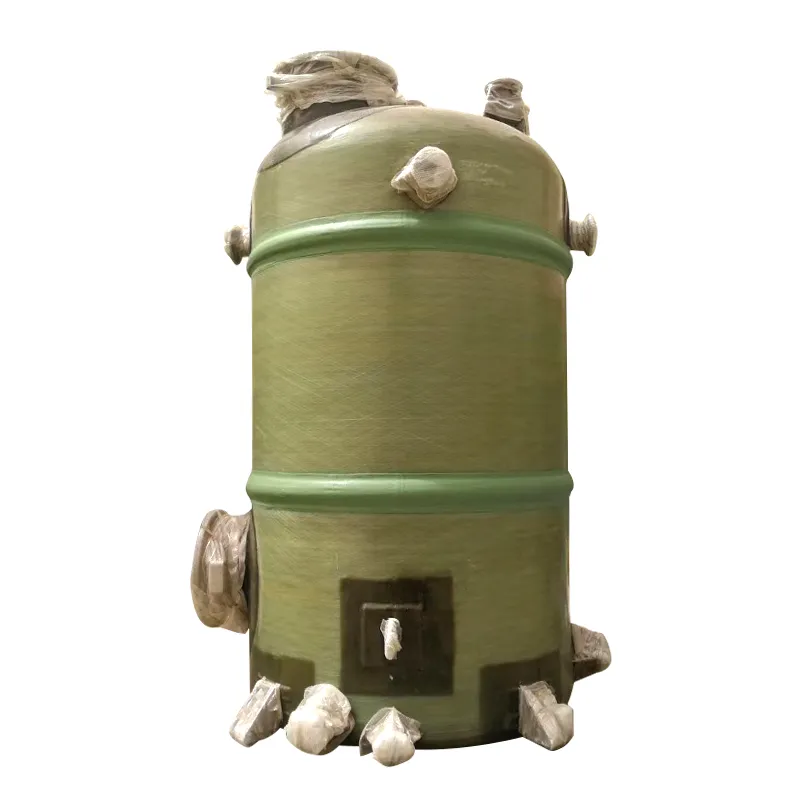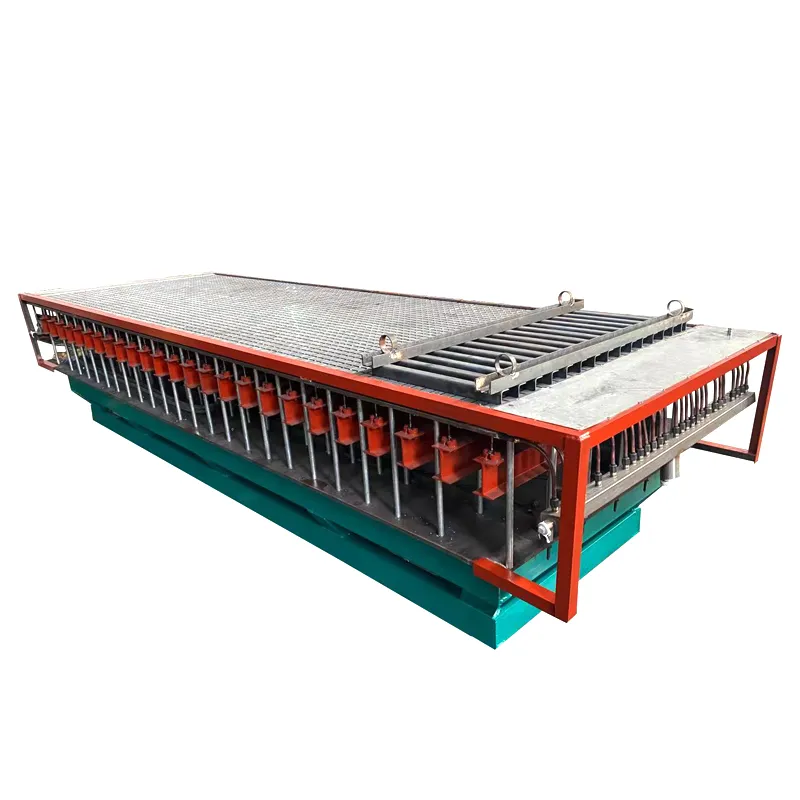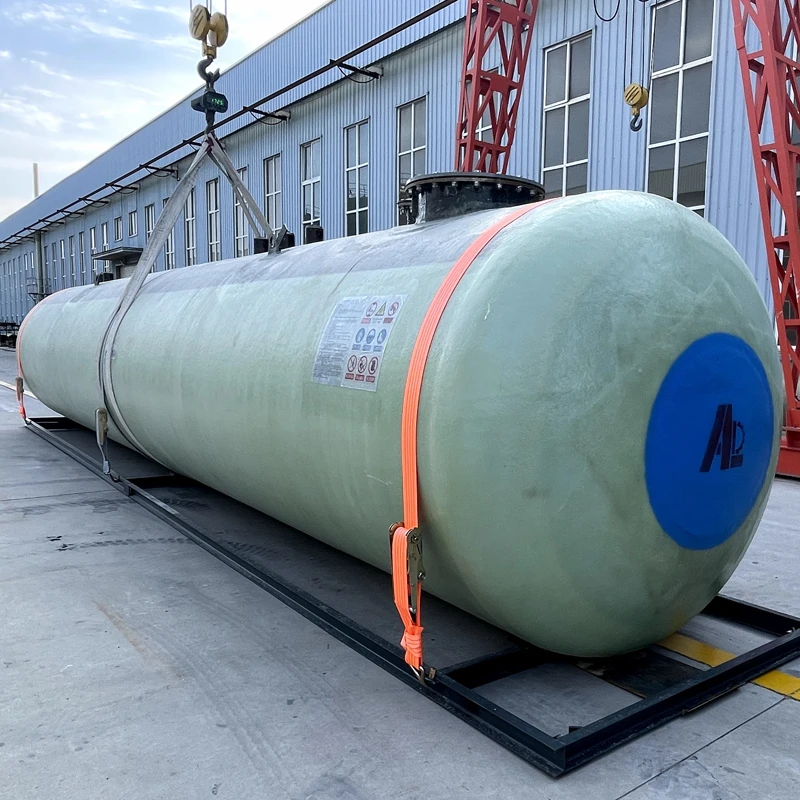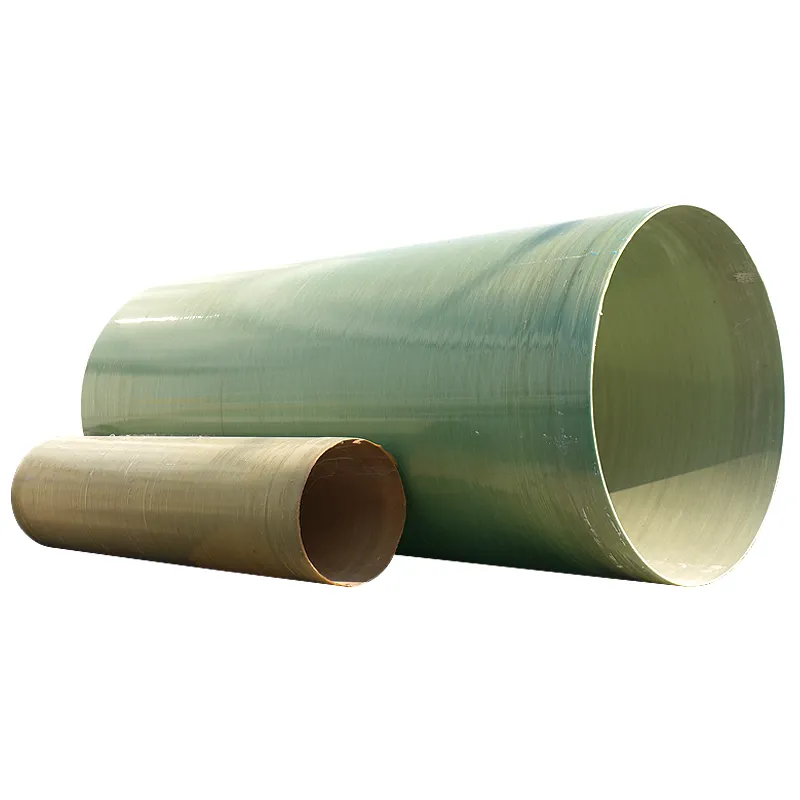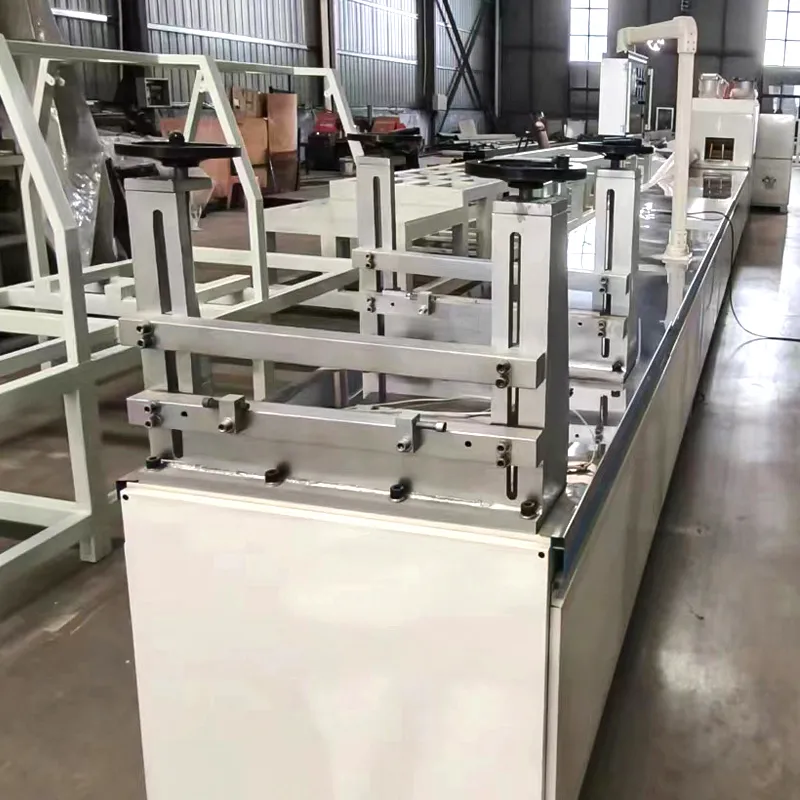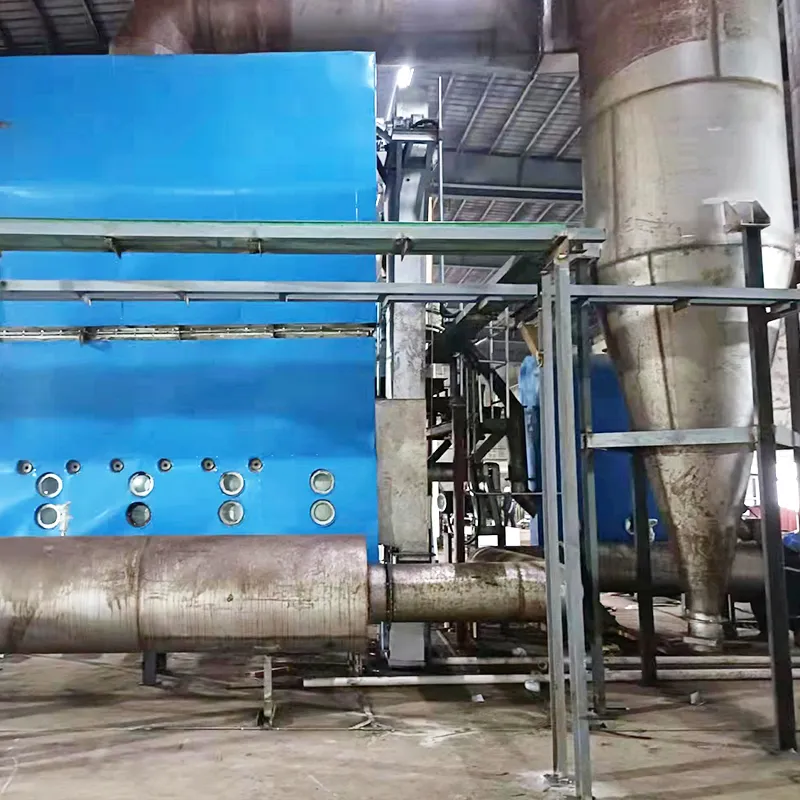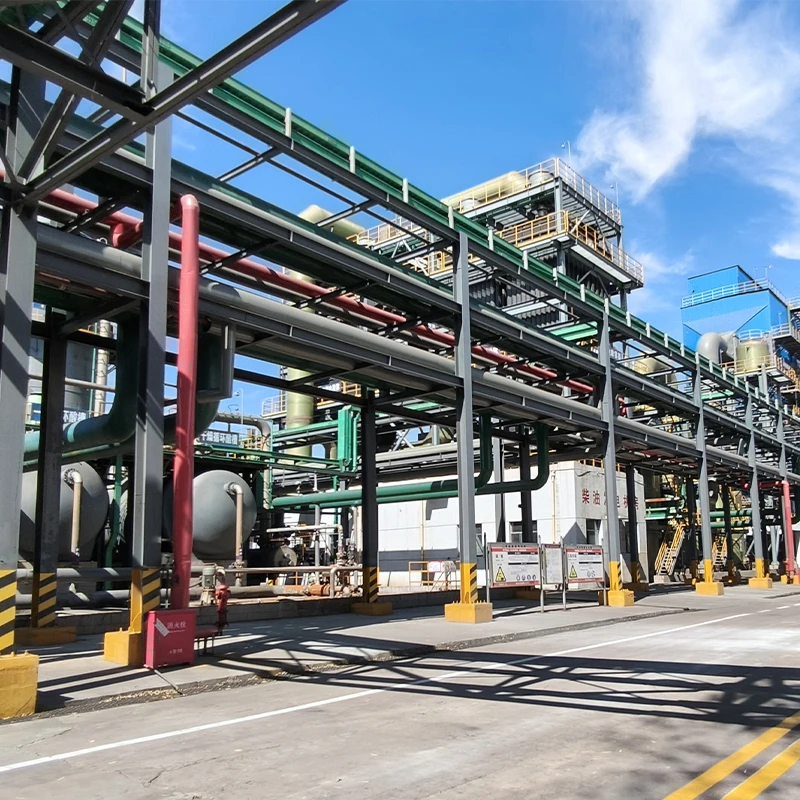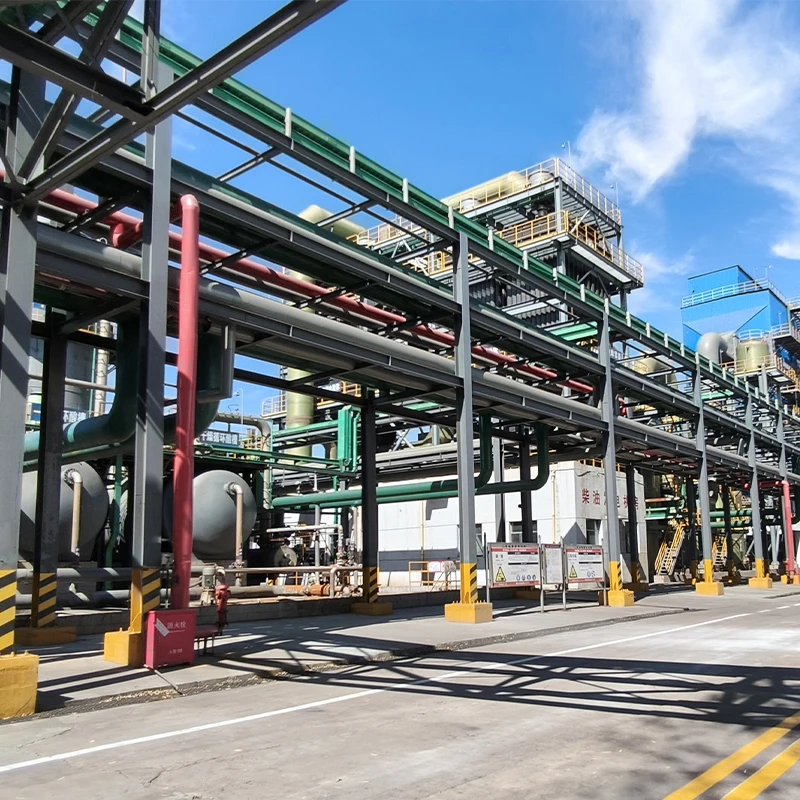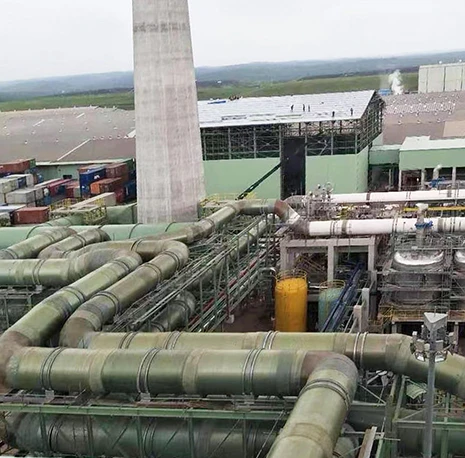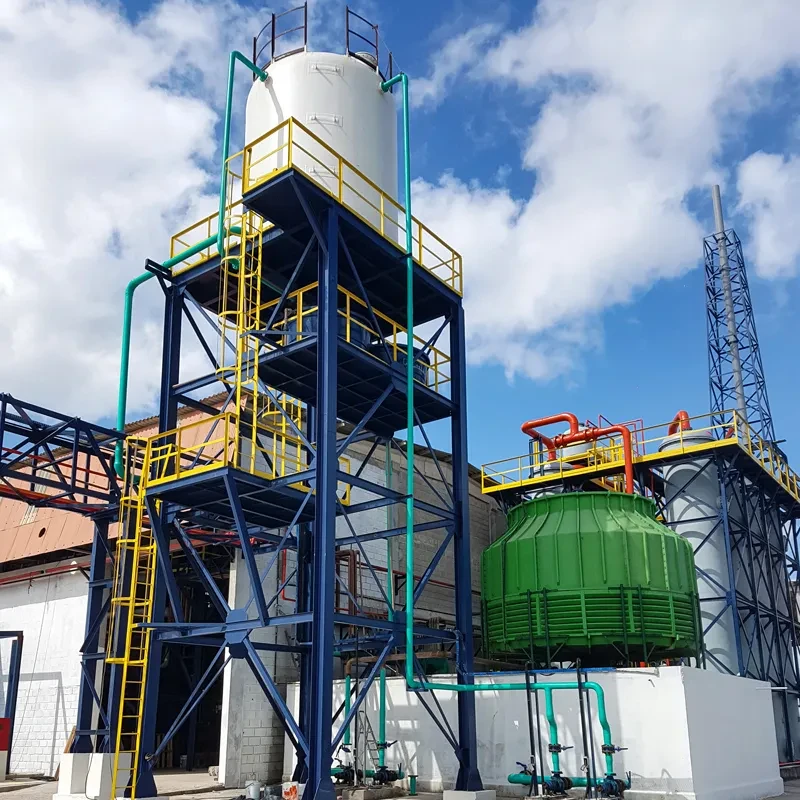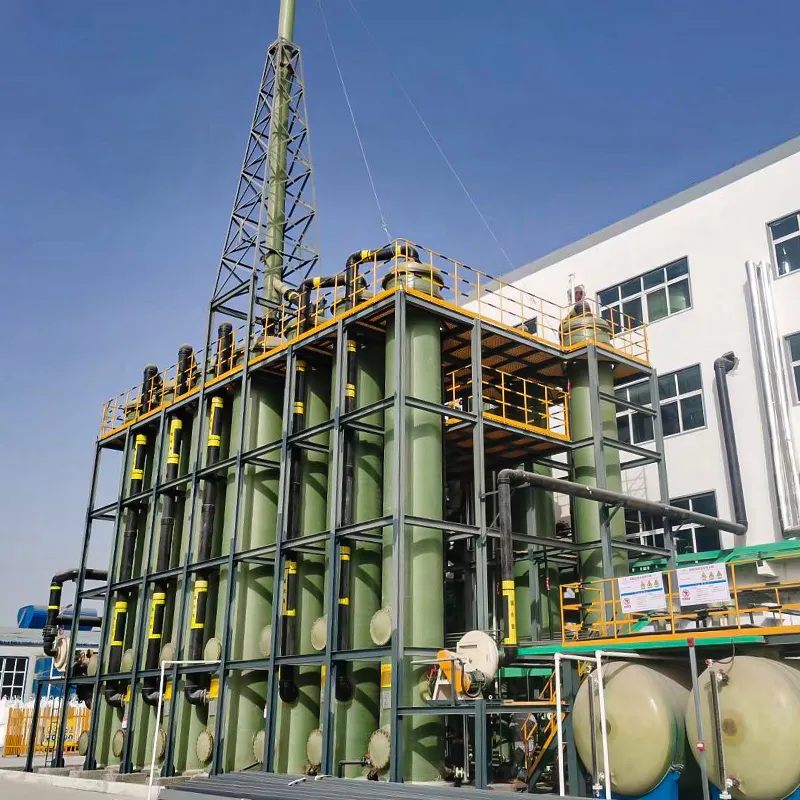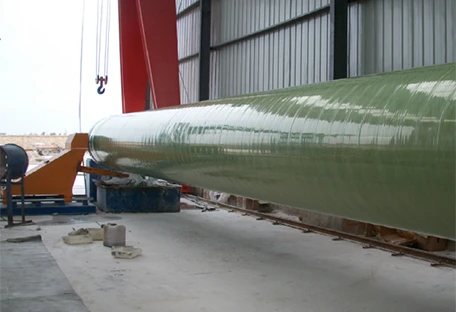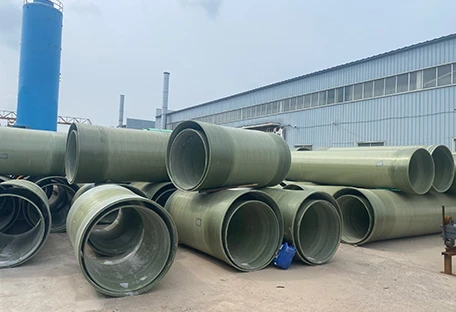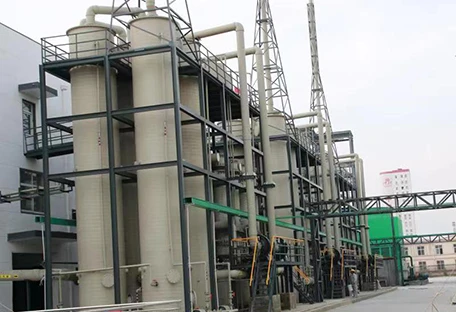FRP Underground Water Storage Tanks - Durable & Corrosion Resistant Fiberglass Tanks Manufacturer
- Introduction to FRP underground water storage tanks and their growing importance
- Key technical advantages of fiberglass underground water storage tanks
- Market data and comparison of traditional vs. FRP tank solutions
- Comprehensive manufacturer comparison: evaluating quality and value
- Customized solutions for diverse environments and requirements
- Real-world applications: industry case studies
- Conclusion: the future of frp underground water storage tanks
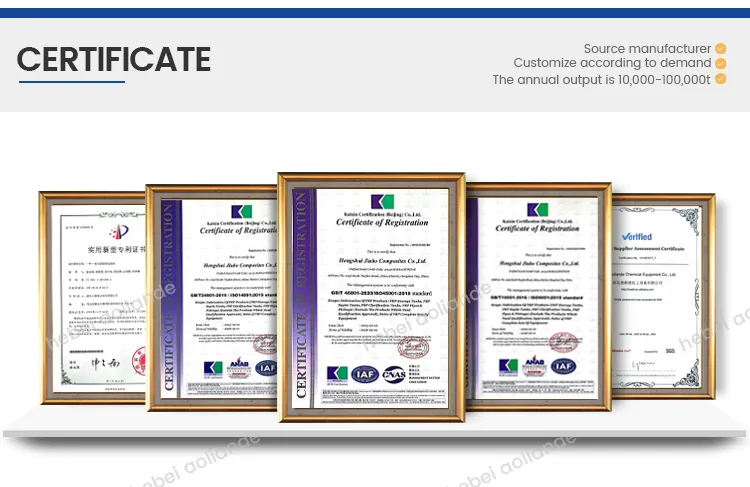
(frp underground water storage tanks)
Introduction: The Rising Relevance of FRP Underground Water Storage Tanks
In the rapidly evolving world of water storage infrastructure, frp underground water storage tanks stand out as a prime solution for municipalities, commercial enterprises, and industrial applications. The mounting pressure due to climate change, population growth, and the corresponding demand for efficient water management has led to an impressive surge in the deployment of advanced storage systems. According to a recent industry report, the global market for underground water storage tanks is projected to exceed USD 2.7 billion by 2030, with fiberglass reinforced plastic (FRP) tanks accounting for a significant portion of this expansion. Their unique combination of durability, adaptability, and cost-efficiency positions FRP tanks as a front-runner among storage options.
Technical Advantages of Fiberglass Underground Water Storage Tanks
The transition from traditional concrete and steel to fiberglass underground water storage tanks is fueled by compelling technical benefits. FRP tanks exhibit exceptional corrosion resistance due to their composite construction, ensuring prolonged life cycles even in aggressive soil or high-moisture environments. Unlike steel, which is susceptible to rust, or concrete, which can crack and degrade under pressure, FRP maintains its structural integrity for decades—typically over 50 years under optimal conditions.
Furthermore, FRP tanks provide superior chemical resistance, a lightweight profile for simplified installation, and a smooth interior finish that actively discourages biological growth and sediment accumulation. These features collectively minimize maintenance requirements and lower total cost of ownership (TCO). The customizable volume and geometric adaptability also enable seamless integration into both new and retrofit projects, supporting a wide range of capacities from 1,000 to over 250,000 gallons.
Market Data & Comparative Analysis: FRP Tanks vs. Traditional Options
To appreciate the magnitude of value offered by FRP underground water storage tanks, it is useful to consider comprehensive data comparing them with conventional tank solutions. A detailed study analyzing installation, lifespan, and overall operational expenses reveals the following:
| Feature | FRP Tanks | Concrete Tanks | Steel Tanks |
|---|---|---|---|
| Average Service Life (years) | 50+ | 25-40 | 15-30 |
| Corrosion Resistance | Excellent | Moderate | Poor |
| Installation Time (days) | 3-5 | 10-14 | 7-10 |
| Maintenance Frequency | Low | High | Medium |
| Estimated 20-Year Lifecycle Cost | $40,000–$110,000 | $60,000–$140,000 | $55,000–$125,000 |
As the data illustrates, FRP tanks not only deliver superior lifespan and resistance to environmental exposures, but also boast faster installation and a reduced financial footprint over the product lifecycle.
Manufacturer Comparison: Quality, Value, and Reliability
Selecting the right partner is central to maximizing the potential of a fiberglass underground water storage tank project. Notable manufacturers include ZCL | Xerxes, Containment Solutions, and Belco Manufacturing, each bringing specialized expertise and proprietary technologies to the market. The below comparative table summarizes their core offerings, innovation highlights, and market reach.
| Manufacturer | Capacity Range (gal) | Standout Features | Geographic Reach | Average FRP Underground Water Storage Tanks Price (USD) |
|---|---|---|---|---|
| ZCL | Xerxes | 600 - 100,000+ | Advanced resin technology, multi-compartment designs, NSF certification | Global | $1.20 - $2.00/Gal |
| Containment Solutions | 1,000 - 50,000 | Flexible configuration, customization, UL listed | North America | $1.10 - $1.80/Gal |
| Belco Manufacturing | 500 - 80,000 | Custom linings, rapid lead times, high-pressure models | U.S. | $1.15 - $1.95/Gal |
While core quality and standards compliance remain consistent, significant differences can be found in the scope of customization, average tank pricing, and global delivery capabilities.
Customization: Tailored FRP Solutions for Any Challenge
The adaptability of FRP construction technology is a pivotal asset in tackling complex project requirements. Whether it is dimensional constraints beneath urban developments, highly acidic soil profiles, or specialized potable water certifications, manufacturers can engineer solutions tailored to precise operational needs. For example, multi-section FRP tanks allow modular installation in restricted spaces, while dual-wall containment designs are ideal for critical safety standards in chemical storage.
Sensors, manways, and baffles can be precisely integrated, enabling robust monitoring and process optimization. The availability of multiple resin and reinforcement systems—ranging from isophthalic polyester for general use, to vinyl ester for high-resistance applications—expands the versatility of these systems. This level of customization directly translates into improved environmental safety and performance reliability, regardless of project scale or complexity.
Application Case Studies: FRP Underground Water Storage Tanks in Action
Across infrastructure, industrial, and commercial landscapes, fiberglass underground water storage tanks are proving their mettle.
Municipal Stormwater Harvesting: In 2023, Los Angeles, CA, installed four 40,000-gallon FRP tanks to mitigate urban flooding and store treated water for irrigation. The tanks’ rapid on-site assembly helped keep the $750,000 project on a tight 12-week schedule.
Industrial Fire Suppression: An automotive manufacturing plant in Michigan implemented a 100,000-gallon fiberglass system to ensure reliable water availability for fire suppression. The tanks’ corrosion-proof characteristics delivered estimated lifecycle savings of $60,000 compared to a steel alternative.
Rainwater Reuse for Sustainable Buildings: A 25,000-gallon FRP tank at a LEED-certified university campus now captures rooftop runoff, reducing potable water usage by 45% and contributing to a projected 15-year return on investment.
Each scenario underscores the customizability, strength, and environmental stewardship offered by these advanced storage solutions.
The Future of FRP Underground Water Storage Tanks
As regulatory requirements tighten and sustainability objectives become standard across the built environment, frp underground water storage tanks are uniquely positioned to set the benchmark for future water infrastructure projects. Their unmatched blend of durability, adaptability, and low centralized maintenance fosters greater resource efficiency and resilience.
The convergence of advanced resin chemistries, automated production, and intelligent monitoring solutions will only enhance the utility and performance of fiberglass tanks in the years ahead. Investors, engineers, and facility managers seeking long-term value and environmental stewardship will increasingly turn to scalable, customizable FRP systems as a cornerstone of sustainable water management.
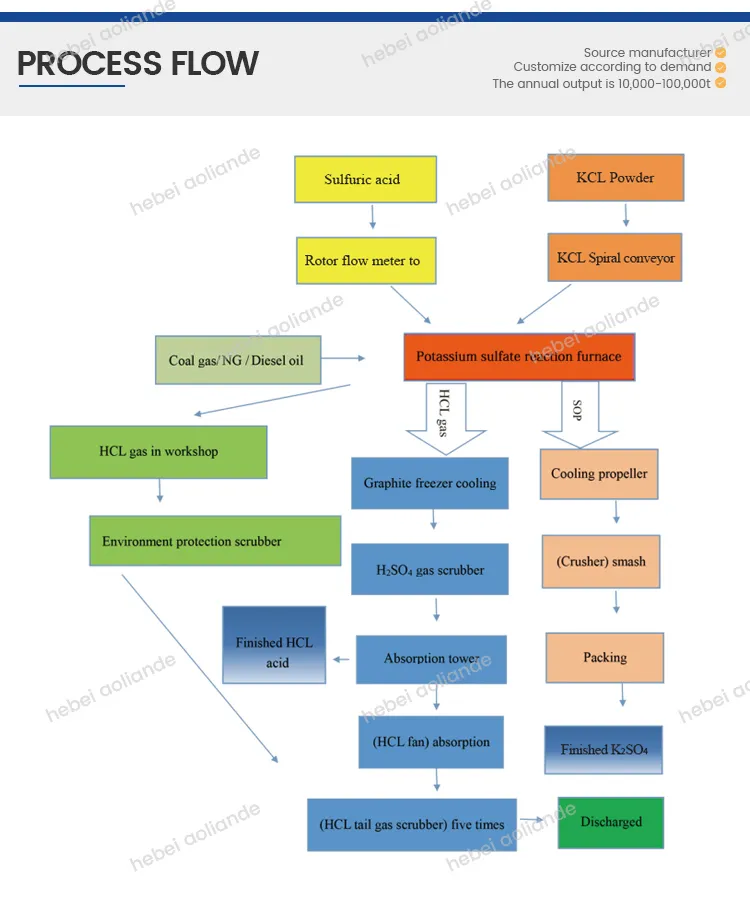
(frp underground water storage tanks)

